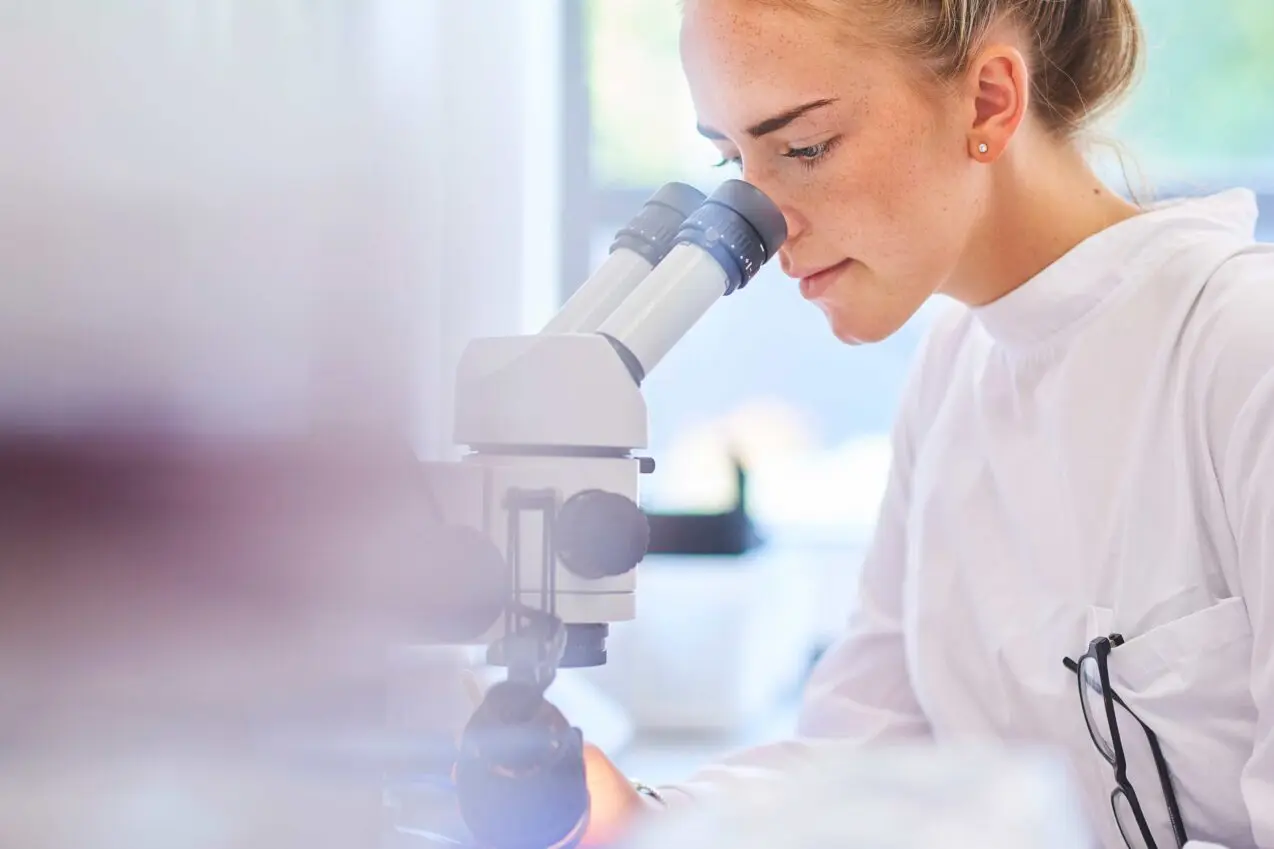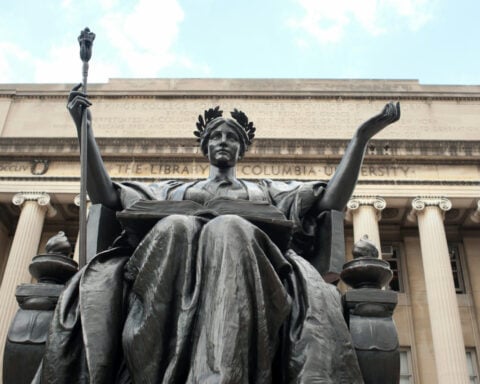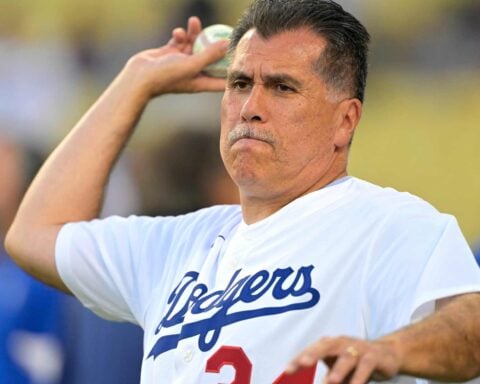University of California, Los Angeles scientists have turned organic chemistry on its head by disproving a rule that's been around for 100 years.
Neil Garg and his team at UCLA showed that some supposedly impossible molecules can actually be made, publishing their work in science. Garg is the Kenneth N. Trueblood Distinguished Professor of Chemistry and Biochemistry at UCLA.
Bredt's rule, established in 1924, has long dictated that certain double bonds cannot exist at specific positions on organic molecules due to geometric constraints. This rule has limited chemists' ability to design and synthesize certain compounds, particularly in drug discovery efforts.
Garg and his colleagues successfully created several types of molecules that violate Bredt's rule, known as anti-Bredt olefins (ABOs). They achieved this by treating molecules called silyl (pseudo)halides with a fluoride source, inducing an elimination reaction that forms ABOs.
“People aren’t exploring anti-Bredt olefins because they think they can’t,” Garg said. “We shouldn’t have rules like this — or if we have them, they should only exist with the constant reminder that they’re guidelines, not rules. It destroys creativity when we have rules that supposedly can’t be overcome.”
To deal with how unstable ABOs are, the team added a chemical catcher to their mix. This trap captured the unstable ABO molecules, yielding isolable products and demonstrating that ABOs can be generated and used to create structures of practical value.
This discovery could be a game-changer for drug companies always on the lookout for new 3D molecule shapes.
This work flies in the face of what chemists have believed for a century and might mean organic chemistry books need a major update. Now that we know these "impossible" molecules can be made and used, it opens up a whole new world for chemists and drug researchers.
The people who worked on the study includes UCLA graduate students and postdoctoral scholars, Luca McDermott, Zachary Walters, Sarah French, Allison Clark, Jiaming Ding and Andrew Kelleghan, as well as Garg’s longstanding collaborator and computational chemistry expert Ken Houk, a distinguished research professor at UCLA.
The National Institutes of Health footed the bill for this cutting-edge research.
This research could change how chemists in labs and factories think about designing and making molecules.

 Trump has begun another trade war. Here's a timeline of how we got here
Trump has begun another trade war. Here's a timeline of how we got here
 Canada's leader laments lost friendship with US in town that sheltered stranded Americans after 9/11
Canada's leader laments lost friendship with US in town that sheltered stranded Americans after 9/11
 Chinese EV giant BYD's fourth-quarter profit leaps 73%
Chinese EV giant BYD's fourth-quarter profit leaps 73%
 You're an American in another land? Prepare to talk about the why and how of Trump 2.0
You're an American in another land? Prepare to talk about the why and how of Trump 2.0
 Chalk talk: Star power, top teams and No. 5 seeds headline the women's March Madness Sweet 16
Chalk talk: Star power, top teams and No. 5 seeds headline the women's March Madness Sweet 16
 Purdue returns to Sweet 16 with 76-62 win over McNeese in March Madness
Purdue returns to Sweet 16 with 76-62 win over McNeese in March Madness








